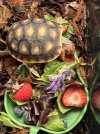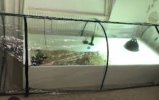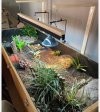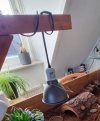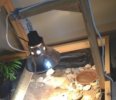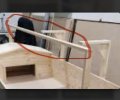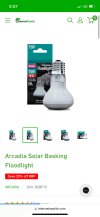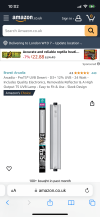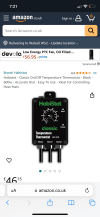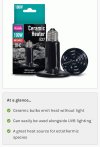Julius DaVinci
New Member
Hello! I just got my baby RF today!
I set up everything waiting to prepare/built a bigger enclosure after my baby adapt to the new environment.
Planning to keep him/her outside but now temperatures are above 90 degrees. Is this safe for baby RF? in some point was hiding.
Please help me with recommendations on this very first days.
Thank you!!!
I set up everything waiting to prepare/built a bigger enclosure after my baby adapt to the new environment.
Planning to keep him/her outside but now temperatures are above 90 degrees. Is this safe for baby RF? in some point was hiding.
Please help me with recommendations on this very first days.
Thank you!!!


